Trading Between the Lines: Pattern Recognition and Visualization of Markets
$18.97
| Author(s) | |
|---|---|
| Format |
|
| Pages |
228 |
| Publication Year |
2011 |
What sets Trading Between the Lines apart from other books in this area is author Elaine Knuth’s identification of sets of patterns that give a complete analysis of the market. In it, she identifies more complex chart patterns, often several patterns combined over multiple time frames, and skillfully examines these sets of patterns called “constellations” in relation to one another. These constellations turn sets of individual patterns into a more manageable set of patterns, where the relationship between them can lead to tactical trading opportunities.
Introduction:
This book is more than a mere “how-to” guide to trading strategies. It is about conceptualizing price behavior so we can more easily recognize price pattern structures with predictive character to build our own trading tactics. Rather than fi nding discussions of “patterns that work,” the reader will learn to recognize a pattern and build speculative trading tactics. Before covering specifi c patterns, Chapters 1 and 2 challenge us to think about how we perceive our surroundings and what drives price and perception of price. Only with this can we then begin to think about what pattern recognition means, and how we can use the tools of pattern recognition.
Each pattern concept and constellation of a series of patterns throughout the book is fi rst explained (framed) in a metaphor that fi ts the idea of the pattern. When reading about the lightning bolt pattern, for example, we fi rst think about what conditions create lightning in the real world, and then within the context of this metaphor the pattern is described. Or when reading about the Icarus pattern, we fi rst learn about what lead up to the mythological fl ight of Icarus. Beyond being simply a pattern name and description, the use of metaphor helps us better understand the concept behind a pattern. It is my hope that the reader will then adopt this method in visualizing and identifying additional predicative patterns for his or her own trading.
Readers will notice something else unusual to books on trading. There are few indicators on the charts throughout the book. This is deliberate. To keep a focus, charts are intentionally kept as simple and concentrated on price only as possible. Indicators are limited to occasional use of exponential moving averages, momentum, and an example of Wells Wilder’s Average True Range (modifi ed from his 14-period to a 20-period range). Our foremost purpose is consideration of price and pattern for analysis over indicators that are derivatives of price.
A reader might also ask, “Why does Don Quixote from Cervantes’s The Ingenious Hidalgo Don Quixote de la Mancha appear throughout a book on market visualizations and patterns?” This literary work is episodic with a succession of events, much like the markets we are examining. Don Quixote was a “sane madman” who roamed the Spanish countryside as a “knight errant.” He was adorned from head to foot with ridiculous armor and weapons in search of new and random adventures, prepared to battle against giants and evil (mostly in his imagination). He did all this for the rewards of recognition, honor, and the embrace of the lady love of his thoughts, Aldonza Lorenzo, or the name he conferred to her, Dulcinea del Toboso (a fi gure we never encounter as she is become, the “Holy Grail” of his mind). I found it fi tting that our “sane madman” along with his “wise fool,” Sancho Panza, accompany us as we look closely at the patterns of market episodes.
Contents:
- Perception and Pattern: How Mindset Affects: Understanding and Action
- Visualizing the Concept of What Makes a Price
- An Upside Reversal
- A Downside Reversal
- Price and Repeating Order
- Into the Valley of the Kings and the Place of Truth: Pattern Concepts to Enter a Market on the Run
- Market Weather: The Quiet before the Storm and the Lightning Bolt—Patterns Signaling an Unexpected Move
- Inside Market Cycles
- Managing Risk with Applied Trading Tactics
Trading Between the Lines: Pattern Recognition and Visualization of Markets By Elaine Knuth pdf
6 reviews for Trading Between the Lines: Pattern Recognition and Visualization of Markets
Clear filtersOnly logged in customers who have purchased this product may leave a review.

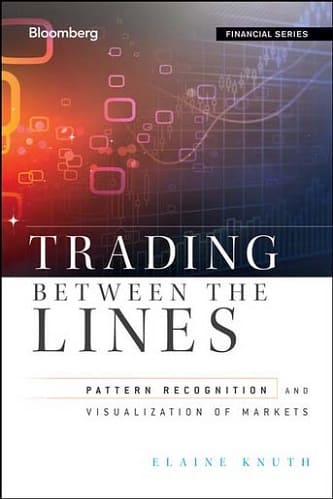

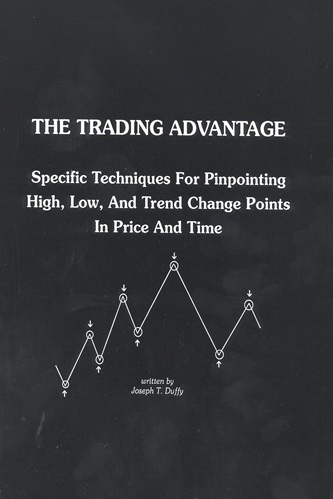
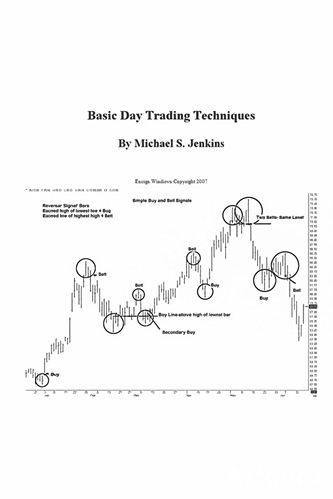
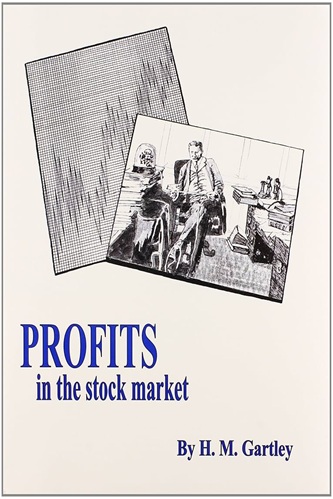
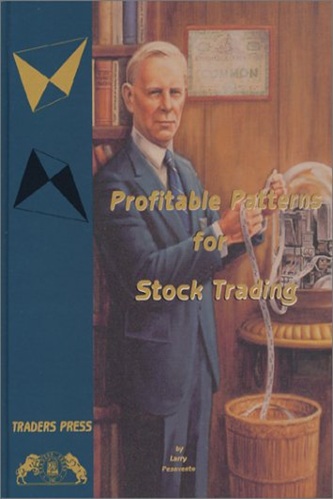
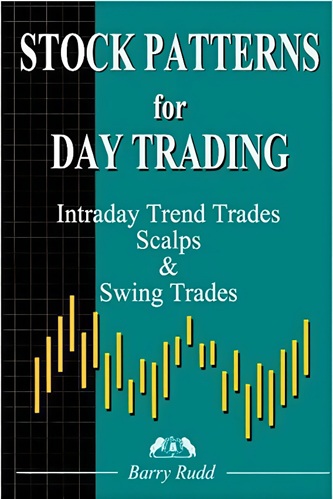
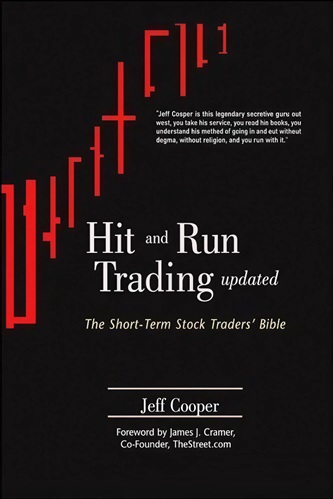
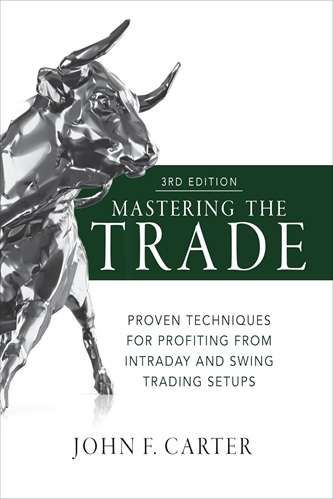
Kathryn Cardenas (verified owner) –
This may not be a book for beginner traders, however, for the experienced trader, it points out technical analysis concepts that, when used in conjunction with what they’re currently using, can be valuable when executing, or sometimes more importantly, not executing a trade.
Kian Bradshaw (verified owner) –
I do not have high expectations when I flipped through the first pages of this book
However, once I started reading, I cannot help but continue reading this book from cover to cover in 1 day
I have been trading & reading trading books for several years now. The concepts described in the book are nothing new, but the way author has presented the ideas is indeed refreshing. She has coined meaningful phrases which help me understand & remember the concepts easier.
For example, author uses the colorful phrase “knock on door” to describe a powerful reversal candle which potentially signal a change in prevailing trend
She also uses a “coiling snake” to explain a fakeout candle within a tight range
Other equally memorable phrases are “valley of kings” to describe accumulation action after a powerful rally, & “Adam & Eve” to explain the price action of retest after a breakout
In this book, there are also numerous charts of stocks and commodities to support the above concepts
Overall, I would rate this nothing less than 5 stars !
Berkley Harmon (verified owner) –
I found the book at experienced investor level; not for a beginner.
Johnathan Knapp (verified owner) –
This book is not for me, there are some strategies that could work even if these strategies don’t seem quite new to me except for the names the author uses to explain these strategies. If you know the Dow’s theory you could find lots of these strategies on other books.
The problem lies in the fact that there are no information when to get in and when to get out from a trade and the view of the patterns seem a bit too simple.
Mark Chambers (verified owner) –
If you like to read and want to develop your own ideas, you’ll like this book. If you want a “How to Trade Pattern A, B, C” you’ll be frustrated and not find it here. It is written in a logical and engaging style, and I read it over two days while travelling. The later chapters cover specific sets of patterns, but you have to read the book in sequential order to understand the ideas presented. At first I thought, oh, no another book on support and resistance or heads and shoulders. Knuth’s book does not fall into that trap at all. She weaves some interesting and colorful stories or metaphores into the descriptions of her market patterns. I finished the book with some new ideas and perspectives on the markets.
Roberto Hogan (verified owner) –
There are some interesting ideas like Icarus, Snake, and Lightning Bolt patterns that I never seen before. This author has a great imagination. I wish it could be in a bigger format so it would be easier to read. I do not like the idea of giving the picture of the chart and name it as unanimous equity.